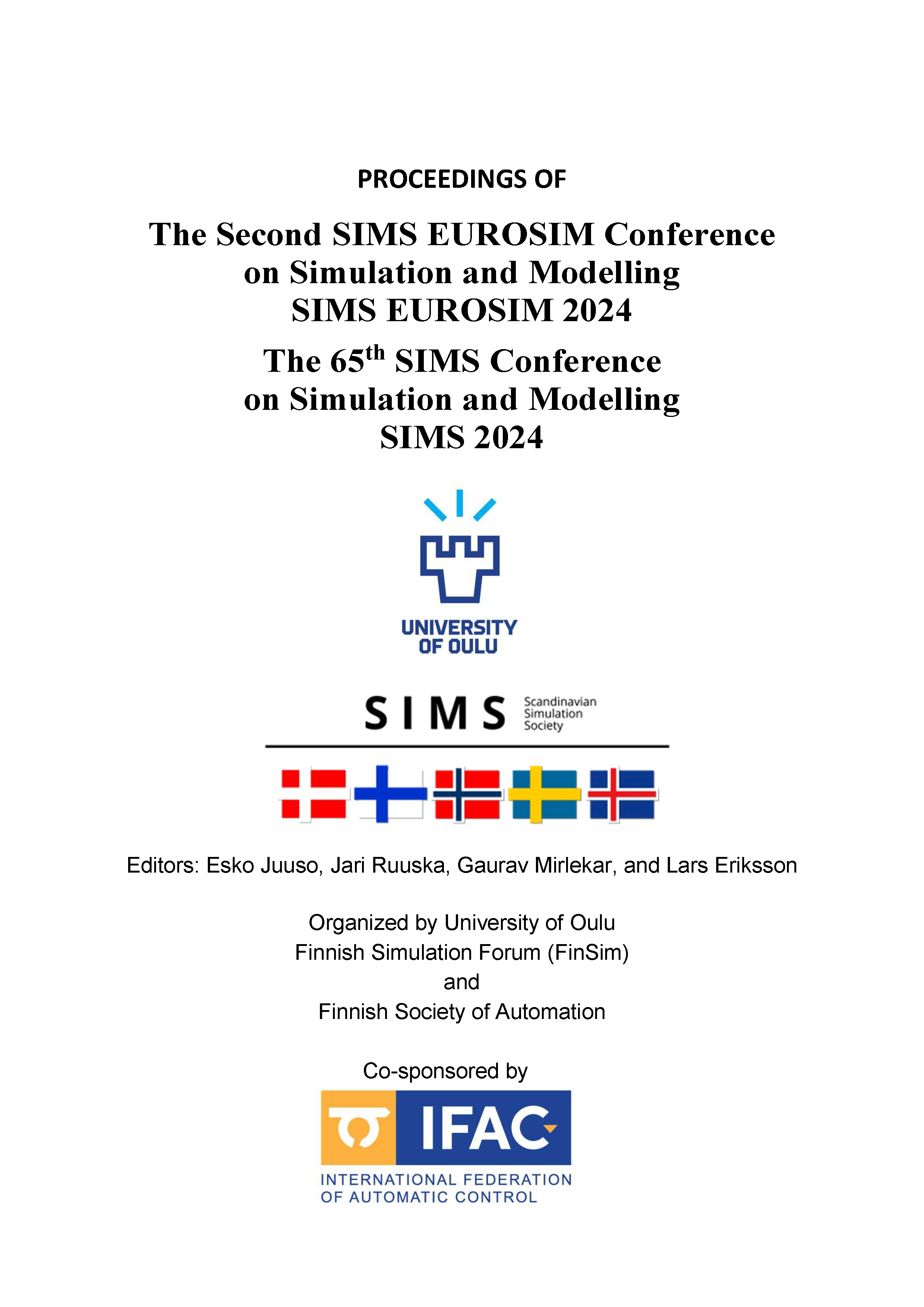New Chemical Kinetics Mechanism for Simulation of Natural Gas/Hydrogen/Diesel multi-fuel combustion in Engines
DOI:
https://doi.org/10.3384/ecp212.048Keywords:
Diesel, Natural Gas, Simulation, Combustion, Engines, MechanismAbstract
Reactivity Controlled Compression Ignition (RCCI) stands out as a promising combustion method for the next wave of internal combustion engines, offering cleaner and more efficient operation, particularly in heavy-duty engines. A key approach within this strategy involves pairing diesel as the high reactivity fuel with natural gas (NG) as the low reactivity counterpart. Further optimization can be achieved by introducing hydrogen to replace portions of NG, thereby enhancing combustion quality while reducing greenhouse gas emissions. For accurate numerical simulation of engines employing this strategy, specialized chemical kinetics reaction mechanism tailored for internal combustion engines becomes essential. To facilitate computationally efficient 3-D Computational Fluid Dynamics (CFD) simulations, the mechanism has been reduced to include 60 species and 372 reactions, with N-heptane acting as a diesel fuel surrogate. This compact mechanism is optimized to align with experimental ignition delay time (IDT) data for N-heptane. The accuracy of the mechanism's predictions for IDT and laminar burning velocity (LBV) is validated using available experimental data. Furthermore, 3-D CFD and quasi-dimensional multi-zone engine simulations are performed with the new mechanism to validate engine operating parameters against experimental data.Downloads
Published
2025-01-13
Issue
Section
Papers
License
Copyright (c) 2025 Mohammad Mahdi Salahi, Amin Mahmoudzadeh Andwari, Alireza Kakoee, Kian Golbaghi, Jari Hyvönen, Ayat Gharehghani, Maciej Mikulsky, Eric Lendormy

This work is licensed under a Creative Commons Attribution 4.0 International License.

